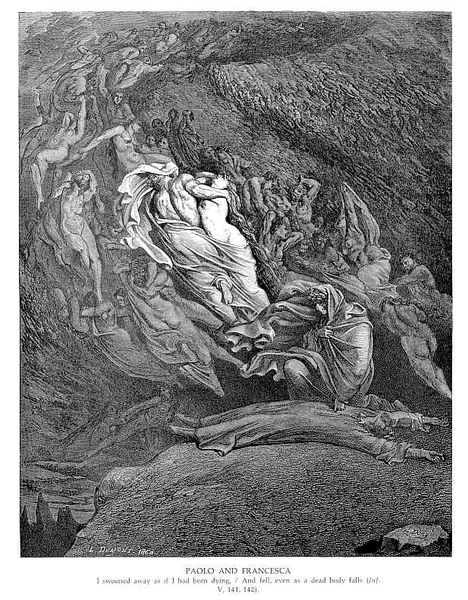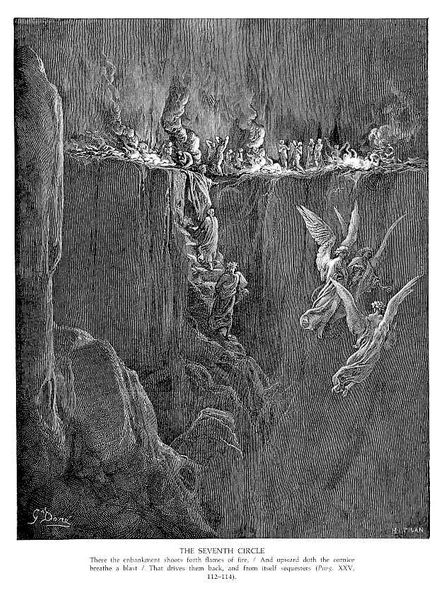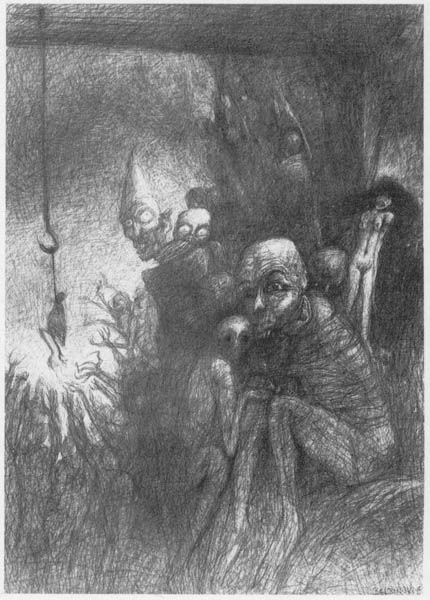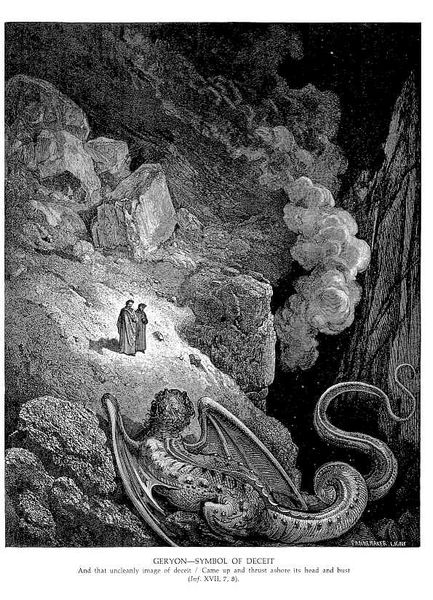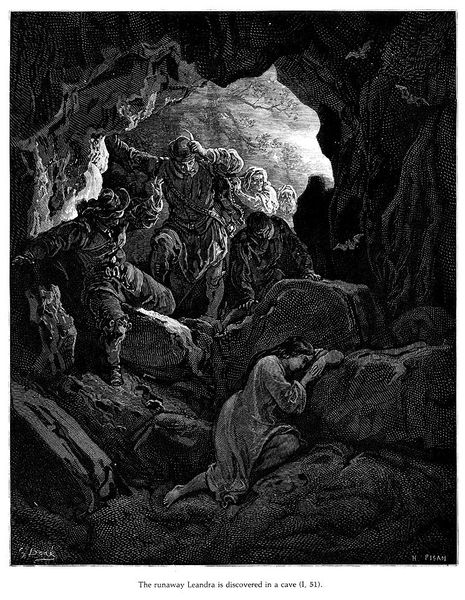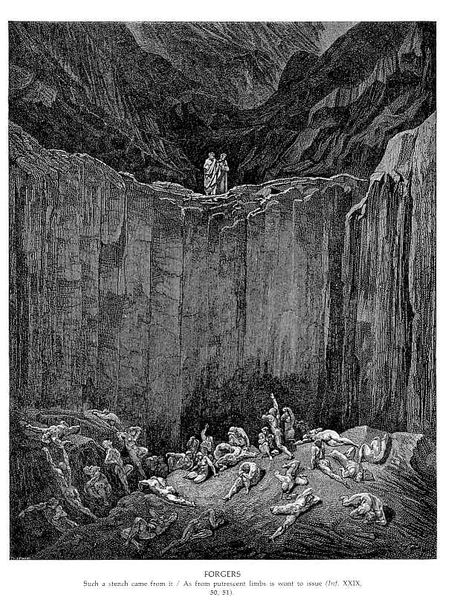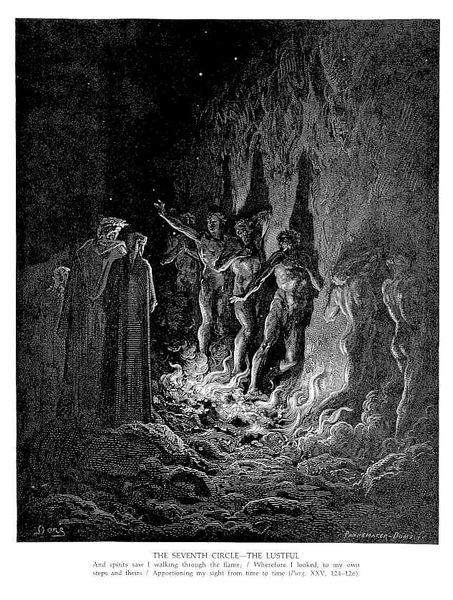
drawing, engraving
#
tree
#
drawing
#
repetition of black
#
natural shape and form
#
narrative-art
#
landscape
#
dark shape
#
repetition of black colour
#
line
#
natural texture
#
engraving
#
natural form
Copyright: Public domain
Editor: This is “Evil Counsellors”, a drawing, perhaps an engraving, by Gustave Doré. It’s really striking. The dark lines and stark contrast create an intensely gloomy, almost claustrophobic atmosphere. How would you interpret this piece? Art Historian: It's fascinating how Doré uses such dramatic imagery, isn’t it? Think about where these images were likely consumed – within the rising popular print culture and growing literacy. The visual power would translate morality, religious narratives and cautionary tales to a broad audience. Editor: So, you're saying this wasn't just about individual artistic expression? Art Historian: Precisely! It functioned as part of a larger socio-political conversation. Consider how religion influenced Victorian society's moral compass. Do you notice the flame shapes? And how those shapes echo around the scene? Editor: I see what you mean. There's a repetition…almost like the figures are trapped, not just physically, but also by their own actions and how society might have perceived them. So Doré used imagery not just to illustrate a story, but to deliver a social message about good and evil? Art Historian: Exactly. The visual elements aren't separate from the narrative, but tools to construct it and make it memorable for his audience. How might a Victorian viewer interpret such dark shapes, the flames in particular? Editor: It's like the drawing serves as a warning and a reminder, rather than just a story. It definitely gives me a new way of seeing the piece, to understanding its public function in its own time. Art Historian: It is amazing how the social context informs our viewing of art. The print and imagery served the values of the period in many cases and as an instrument of the public view.
Comments
No comments
Be the first to comment and join the conversation on the ultimate creative platform.
